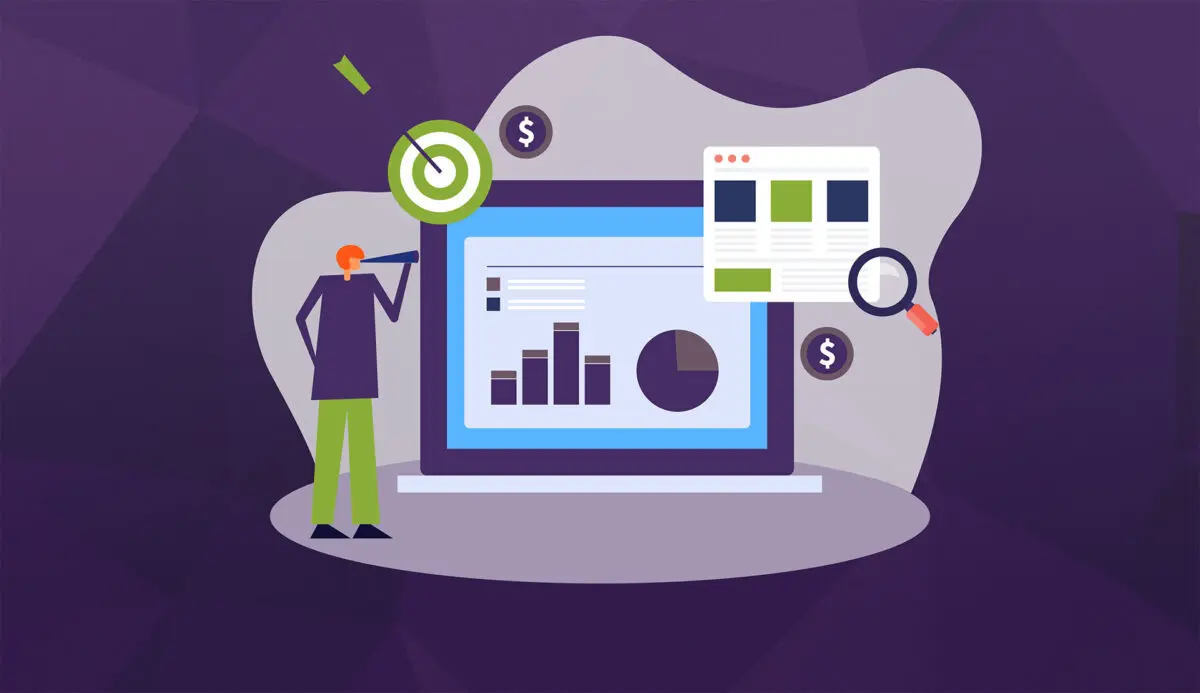Published: June 7, 2016
Pay per click. PPC. The 16-year-old digital advertising tactic widely recognized as a go-to for any new digital visibility efforts. At least, it used to be.
More and more, pay per click marketing is fraught with confusion, mistakes and a lot of wasted cash. Today, many companies are seeing the costs of PPC campaigns rising, both solely in ad spend and in management.
A Few Reasons Why
Though all digital advertising is a mix of art, science and pure wizardry, Google does give us sneak peeks into their algorithm and how it ticks. In the last year, the search engine giant made one obvious change that garnered attention.
Google eliminated ads showing up on the right-hand side in order to create the same experience for both mobile and desktop users. Their decision to get rid of paid-search text advertising down the right-hand rail of search engine query results has created an increased level of competition and likely pushed up the cost per click (CPC) on keywords for paid-search advertising.
In addition to the loss of that right-side real estate, increased saturation of the sheer number of advertisers certainly may play a role in varying costs, depending on factors like location, targeting and industry.
Finally, there is some speculation and identification by advertisers of a surge in costs per click (CPCs) for their brand terms.

What To Do About It
Higher spend for less than remarkable results is certainly a red flag for advertisers. Here are a few key trends we’ve helped our clients deploy to counteract these shifts.
-
- Diversify, diversify, diversify. Stay away from doing strictly pay per click advertising. Diversify your ad portfolio, tactics and channels for the most impact. Along these lines, never fear testing what’s new. In fact, always test out the newest ad formats, especially because it’s new. When networks like Facebook or Google roll out a new ad format (like canvas ads or lead ads), ensure you’re an early adopter. These digital giants always favor those that use their newer features, plus you’ll have less competition in both reach and price.
- Consider your whole investment. Make a careful distinction between (and understanding of) your actual cost per click (CPC) or cost per anything. Many report on CPC based solely on the ad spend. For a more accurate measurement, report CPC including the ad buy, management and creative. Keep in mind when using third party digital providers, inflated management is typically not included in the calculations for CPC. (Spoiler alert: Most of our digital advertising partners’ CPC campaigns includes our management and creative costs and still remains below or around industry average.)
- Take a more strategic approach to targeting and bidding. From simple demographics to recent digital and physical behaviors, the number of elements with which you can narrow your audience are well into triple digits. Then layer on extremely flexible options for bidding and ad visibility like start/stop times or pulse bidding and you’ve got an infinite number of possibilities. Never stick with basic demographics or even psychographics. It’s time to graduate from Advertising 101.
- Understand the full value of your efforts. “When competing in a world of higher CPCs, it’s more important than ever to understand the full value of search ads in order to be able to set competitive bids,” says Frederick Vallaeys, who expects Google to make it easier to understand the full value with enhancements to conversion tracking and attribution modeling. Most importantly, key into the right data points. Soon (but not soon enough) vague digital metrics such as clicks and impressions will give way to more tangible outcomes like store visits, offline sales and “other concrete actions more reflective of actual customer activity and value.”
Are you seeing an increase in price and a decrease in results? Fill out our contact form and let’s chat! We have some ideas on how to help.



